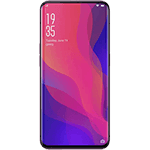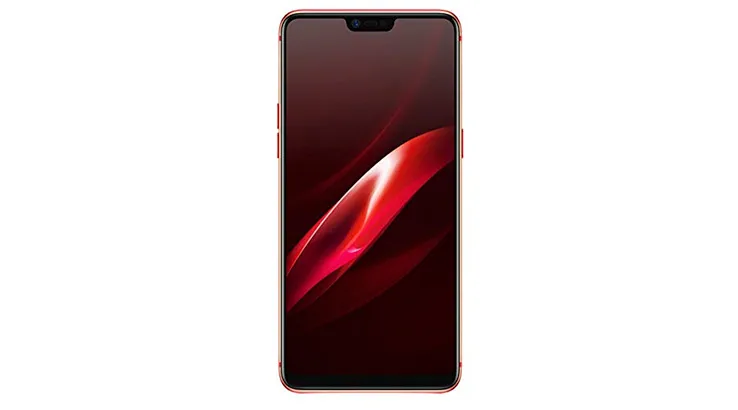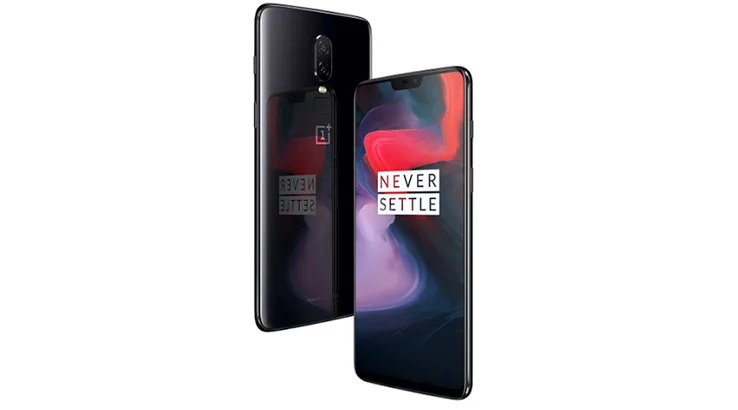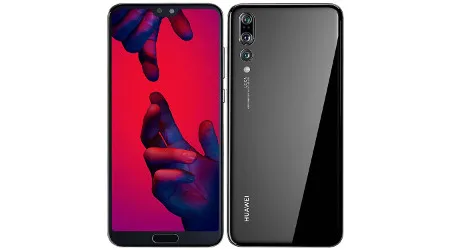Oppo Find X review: Plans | Pricing | Specs

-
- Battery Score
4
- Camera Score
3.5
- Design Score
4
- Performance Score
3.5
- Battery Score
4
Summary
The Oppo Find X has an attractive design and clever pop-up camera mechanism, making it one of the most innovative smartphones we've seen in years.
- Gorgeous design
- All-screen display
- Camera works well
- Premium performance
- No NFC
- No water resistance
- No expandable storage
- Many capable competitors at the same price
Details
Pricing & Availability
| Launch price (RRP) | $1,099 |
| Launch date | 2018-08 |
Oppo has long been known as a manufacturer of mostly iPhone-like Android handsets at very attractive price points. It's a strategy that has allowed the Chinese phone maker to take a significant chunk of the mid-range phone market in Australia.
However, the Oppo Find X is something different. It's Oppo's first take on a truly "premium" handset, with cutting edge specifications, an entirely new design idea and a price point to match. Where once Oppo could be criticised for copying design ideas, there's no doubt that the Oppo Find X is an entirely new and innovative phone, but it's also one with incredibly mixed performance.
Design
- True all-screen design
- No headphone jack
- Camera module gathers dust easily

Camera
- Swipe-up camera is slow to start
- Very wide in the hand due to pop-up camera module
- Good quality camera with plenty of options

Performance
- Snapdragon 845 delivers predictably good results
- ColorOS has been toned down
- Lacks NFC
- Lacks water resistance
- No expandable memory and lower storage than international versions
Battery life
- Great battery life
- USB C charging
- Lacks wireless charging
Verdict
- A unique take on a premium smartphone held back by its lack of core features like NFC and water resistance

Pricing and availability
Specifications
Display
Camera
Physical Dimensions
Connectivity
Power, storage and battery
Device features
Latest Oppo news

Oppo Find X5 Pro massive pre-order bonus: $686 of freebies
As if you need any more incentive, Mobileciti is offering a ridiculous gift bundle to go with your pre-order of the Oppo Find X5 Pro 5G.
Read more…
Oppo Find X2 Neo review
Oppo’s more affordable 5G handset doesn’t just rest on fast network access, providing great battery life and solid all-round performance too.
Read more…Oppo A91 review
Oppo's latest phone offering shows just how much value you can get out of a mid-range device.
Read more…Image: Shutterstock







